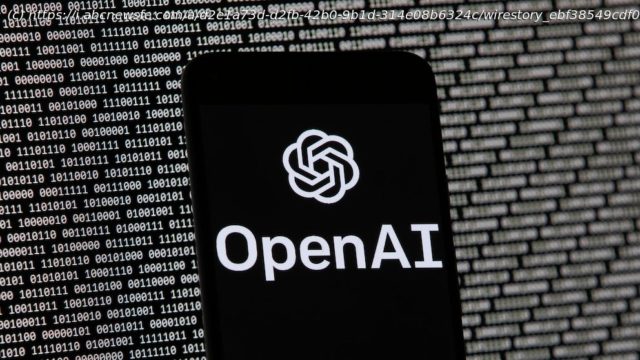Back in 2016, the artificial intelligence maker OpenAI had just incorporated as a nonprofit and applied to the Internal Revenue Service for tax-exempt status
Back in 2016, a scientific research organization incorporated in Delaware and based in Mountain View, California, applied to be recognized as a tax-exempt charitable organization by the Internal Revenue Services.
Called OpenAI, the nonprofit told the IRS its goal was to “advance digital intelligence in the way that is most likely to benefit humanity as a whole, unconstrained by a need to generate financial return.”
Its assets included a $10 million loan from one of its four founding directors and now CEO, Sam Altman.
The application, which nonprofits are required to disclose and which OpenAI provided to The Associated Press, offers a view back in time to the origins of the artificial intelligence giant that has since grown to include a for-profit subsidiary recently valued at $157 billion by investors.
It’s one measure of the vast distance OpenAI — and the technology that it researches and develops — has traveled in under a decade.
In the application, OpenAI indicated it did not plan to enter into any joint ventures with for-profit organizations, which it has since done. It also said it did “not plan to play any role in developing commercial products or equipment,” and promised to make its research freely available to the public.
A spokesperson for OpenAI, Liz Bourgeois, said in an email that the organization’s missions and goals have remained constant, though the way it’s carried out its mission has evolved alongside advances in technology.
Start
United States
USA — IT Documents show OpenAI's long journey from nonprofit to $157B valued company






